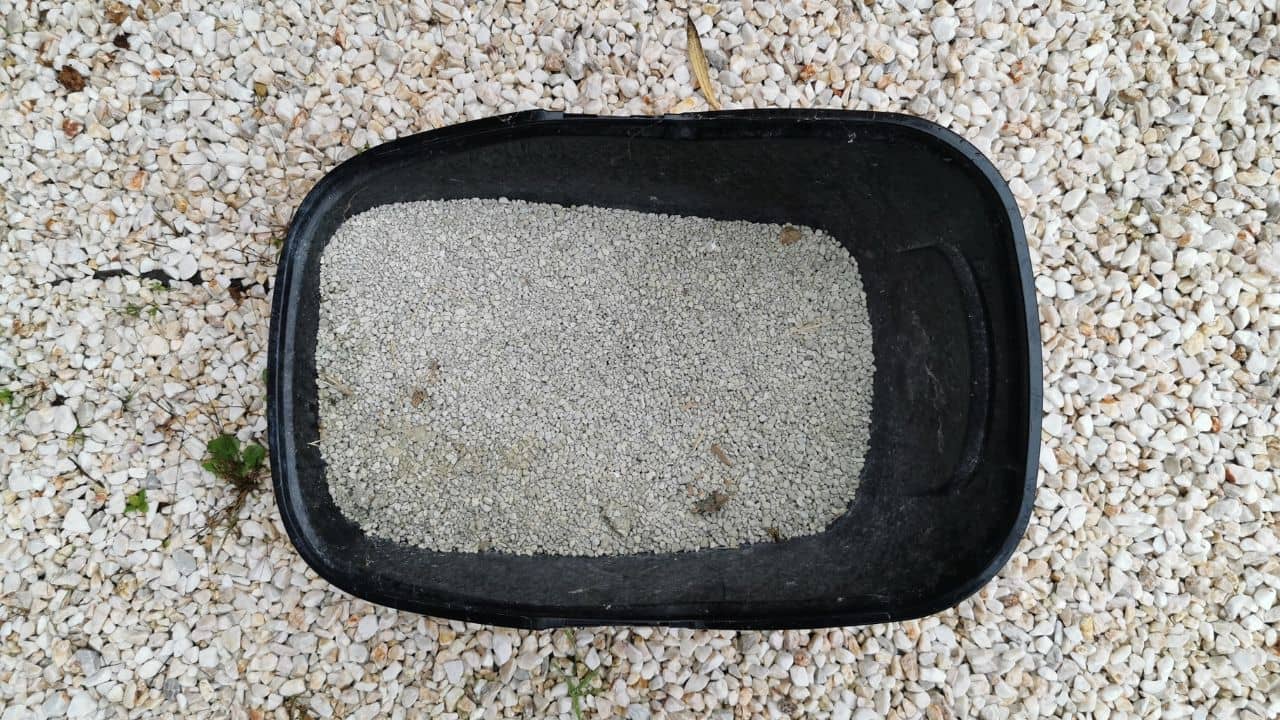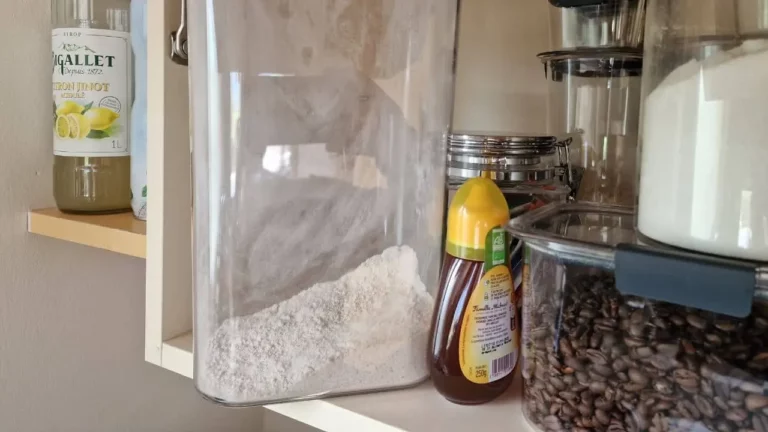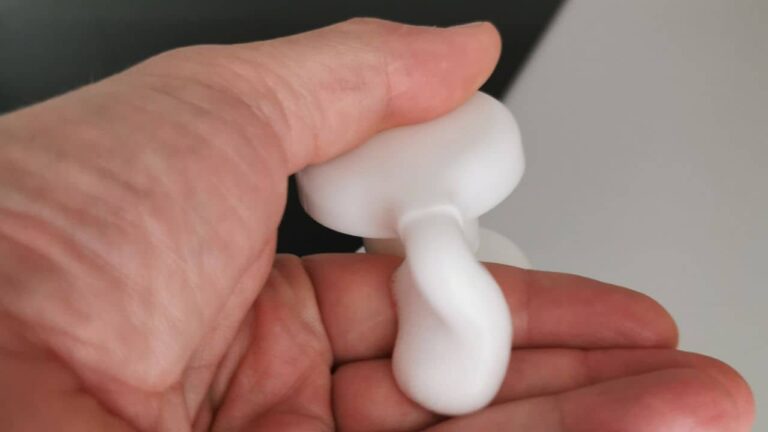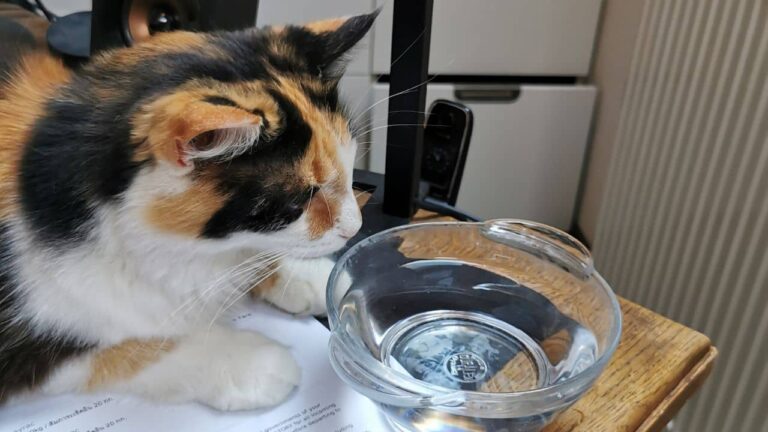When To Clean the Litter Box of Your Cat? (Answered)
Cats are notoriously conscious about their cleanliness, and they also expect the place they defecate to be clean as well. Since I didn’t want to deal with a constant mess inside my home, I learned that maintaining my cat’s litter box is crucial for my peace of mind and my cat’s health and happiness.
The correct practice of cleaning your cat’s litter box is to scoop out excrement and clumps daily, swap them in a sealed bag and dispose of them in the trash. You should also clean the edge of the litter box with a soapy cloth every other day. After each week, thoroughly empty the litter box and wash it with soap and water.
How Do You Know When It’s Time to Clean and Disinfect the Litter?
To suit the demands of your fussiest cat, clean and disinfect their litter boxes daily. Thoroughly clean the litter box as soon as the litter starts to look “dirty”, even after you’ve scooped out the clumps.
Even if you scoop every day, you should regularly change your cat’s litter and disinfect it. Even the best litter isn’t going to clump perfectly, meaning some urine and feces are often left behind after the scoping process. Over time, the leftover urine and feces will create smells in the litter box that are unpleasant for your cat.
Therefore, I recommend completely changing your cat’s litter at least once a week and cleaning the litter box with soap and water. If you have numerous cats using the same litter box, you may need to change the litter and disinfect the litter box twice or thrice a week.
What Are the Best Ways To Clean and Disinfect a Litter Box?
Daily maintenance is required to keep the box pleasant to your cat, and complete cleaning is required around weekly. Knowing the best ways to clean and disinfect my cat’s litter made my cat happier and kept my house from being spoiled. Here’s the correct way of cleaning your cat’s litter box:
Step 1: Dump the old litter in a waste basket or a garbage bag. To do that, scoop out the feces and urine clumps and empty the remaining litter.
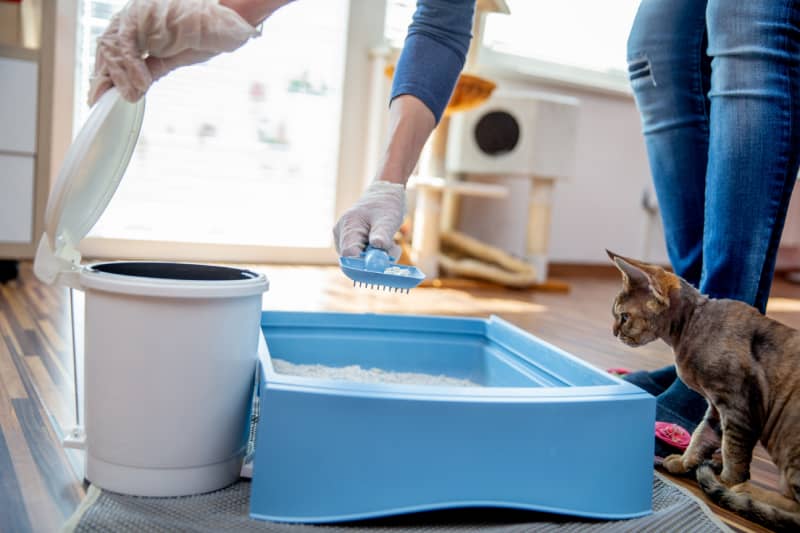
Step 2: After removing the litter, scrub the litter box outside using a hose. Use warm water and a gentle detergent, such as dish soap, to remove any strong chemical odors and residue.
You can also scrub using a combination of baking soda and warm water over the inner surface of the litter box to disinfect it thoroughly. Once you are done cleaning, you must rinse all the soap; otherwise, the smell can repel cats.
Step 3: Next, let the litter box dry before adding new litter. If the litter box isn’t dry, the new litter will stick to the damp corners and start clumping together.
To speed up the drying process, wipe the interior using a paper towel or napkin to speed up the drying process.
Step 4: Once the litter box is dry, pour in the new litter. Make sure not to pour in too much litter as that can make a mess when a cat walks in.
Soaking the litter box in hot water
Another way of cleaning a litter box is to empty it and soak it in lukewarm water for a few minutes. A tiny amount of liquid dish detergent added to the water can help remove any dirt inside and at the bottom of the box.
Avoid items containing ammonia, bleach, or any other acidic substance. Add a tiny quantity of hydrogen peroxide or vinegar to the hot water to eradicate germs or odors.
Why Is Litter Box Cleaning Important?
Since cats always keep themselves clean, it’s no wonder that they would want their litter boxes to remain clean as well. A clean litter box keeps a cat emotionally and physically healthy and keeps them interested in using it for their “business”.
If you don’t want your cat to choose a new spot around the house every time they want to relieve themselves, you must ensure their litter box is cleaned regularly.
Alternatively, I quickly learned that not cleaning the litter box increases the risk of cats developing urinary tract infections from stepping into old excretions.
Where Should I Place the Litter Box?
The location of the litter box is crucial. Therefore, I suggest placing litter boxes in a calm area of the house, far from noisy equipment , crowded places and water bowl. Cats are extremely clever animals, and once you give them a safe and quiet space, they’ll be happy to conduct their business.
Keep in mind that kittens and old cats may have difficulty ascending steps, so if you decide to put the litter box in the cellar or the basement, ensure they can readily access it. The best place to put the litter box is in areas the cats can easily access.
A bathroom
I personally recommend placing the litter box in a spare bathroom, as that saves up ample space in the rest of the house and prevents the litter odor from escaping Another reason to place the litter box in the bathroom is that it is calm enough for your cat to feel at ease. Make sure you leave the entrance open after using the bathroom. You can install a cat door if you prefer to keep the door closed.
The living room
The living room is often the most spacious place in a house, and this is great news for cats since they prefer to see their surroundings while conducting business. However, ensure that the living room isn’t too dark since some cats aren’t very fond of dull, badly-lit rooms. Also, place an inexpensive screen on one side of the litter box to give your cat some privacy. This is because most cats don’t like to conduct their business while everyone’s watching.
Top Tips For Keeping Your Cat’s Litter Box in Great Shape!
If you want to keep your cat’s litter box in great shape and make the task of maintaining them more manageable, I recommend you to follow these suggestions below:
Choose the correct litter type
There are several varieties of cat litter available on the market. Most cats prefer fine-grained litter, maybe because the granules are softer. I suggest going with unscented litter, as that is less discouraging to the cat and can also mask the litter box’s smells.
| Scented Litter | Unscented litter |
|---|---|
| Masks the litter box’s odor | Masks the litter box’s odor |
| Some cats dislike strong scents | Cats are fine with unscented litter |
| Includes additives such as ammonia and artificial scents | Includes baking soda and carbon |
Pour in less litter
Most cats will not use a litter box with more than a few inches of litter, and long-haired cats like even less litter. Therefore, make sure you don’t add an excessive amount of litter. This encourages the cat and makes the cleaning process a lot easier.
Conclusion
Keeping a pet comes with a host of responsibilities, and there are few responsibilities more important than knowing when to clean your cat’s litter box. If you want to prevent your cat from becoming ill, it’s best to clean the litter box daily.
Sources

